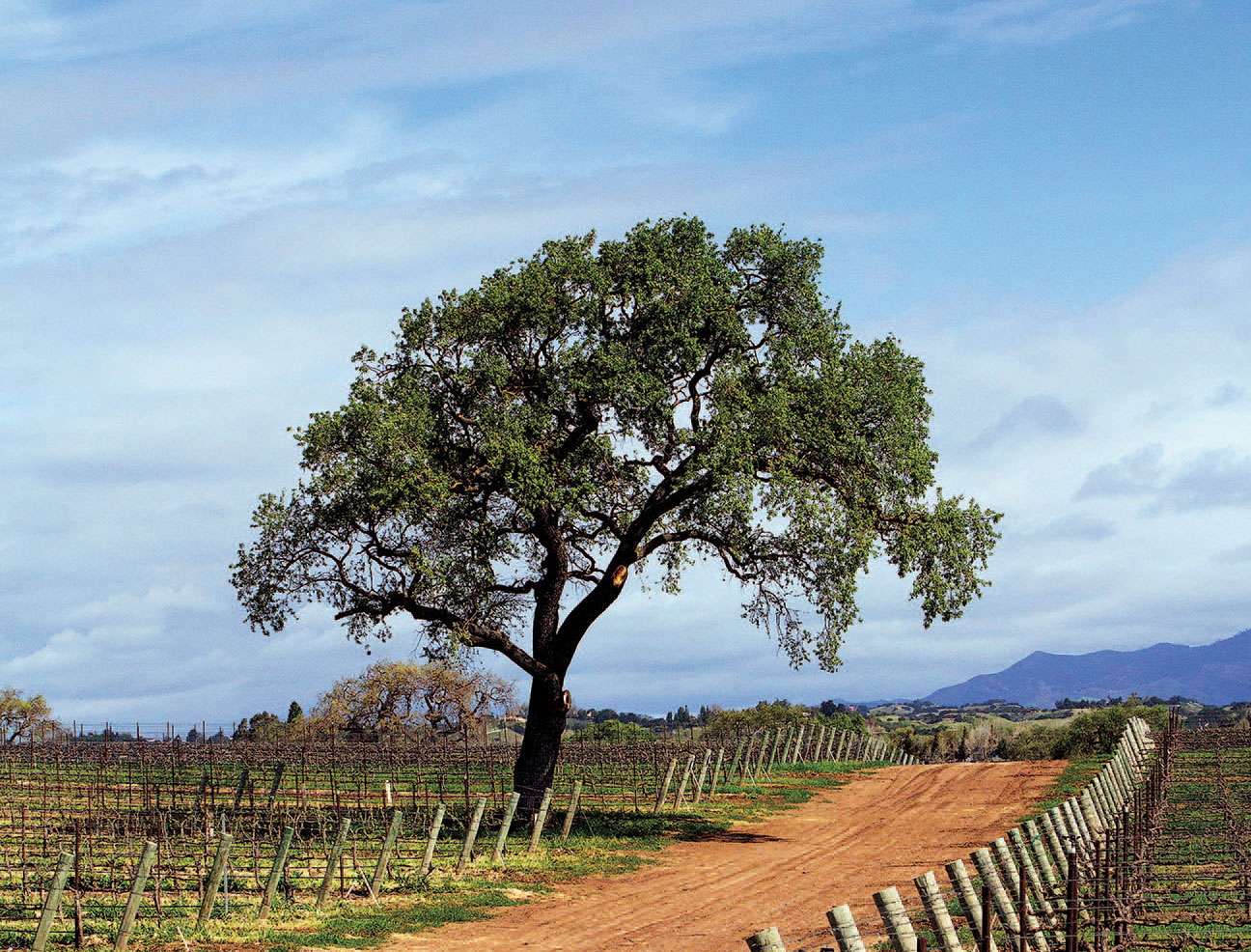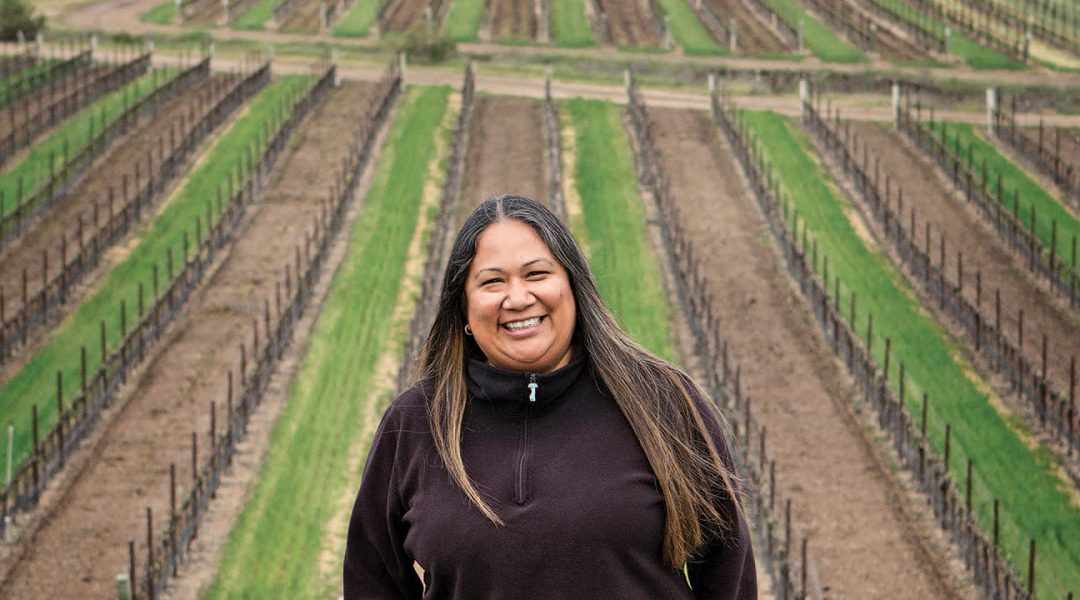The classically trained vintner has helped the Chumash become one of the few tribes in the country to own both a vineyard and a winery — an award-winning, sustainable one at that.
As a tribe, the Santa Ynez Band of Chumash Indians have always felt connected to the stretch of land between the mountains near Santa Barbara, California, and the Pacific Ocean. For thousands of years, the Chumash hunted and fished along this coast. The dense vegetation and the region’s many rivers and tributaries brought the Chumash great bounties. The gentle winds coming in off the sea brought them a Mediterranean climate — the perfect environment for growing grapes.
Tara Gomez grew up just north of the Santa Ynez Valley going on field trips to local vineyards, and by the time she was in high school, she knew what she wanted to do. With the help of a scholarship from her tribe, Gomez studied enology, or winemaking, at Fresno State University. There was a vineyard on campus, and she interned at the winery of Fess Parker, the actor better known as Davy Crockett. Within a few years, she became a lab manager at J. Lohr Vineyards in San Jose.

And then, Gomez came home. In 2010, her tribe purchased 1,400 acres of land — 256 of which were originally planted by Parker as part of his winery. (He named it the Camp 4 Vineyard because the land, on the easternmost edge of the Santa Ynez Valley, served as the fourth stagecoach stop on the route from San Francisco to Yuma, Arizona.) Gomez was hired on as a consultant. With her help, the Chumash have become one of the few tribes in the country to own both a vineyard and a winery: Kitá Wines (kitá means “our valley oak” in the Santa Ynez Chumash language) in Lompoc, California.
After her first wines sold out, Gomez became the tribe’s full-time vintner. And in 2015, the winery earned two double gold medals, two silver medals, and one bronze at the San Francisco Chronicle Wine Competition, besting more than 6,400 entries from 28 states.
Gomez credits her success to a classic approach that focuses on the concept of terroir, or the notion that wine should reflect the character of its place of origin.
“The land has always been an important part of our culture,” she says. “We have learned to respect it and preserve it for the longevity of our future generations. Therefore, we not only take what we need, but we give back to the land in sustainable ways.” The vineyard plants cover crops that provide nitrogen and help control erosion, and nesting boxes attract owls to naturally manage the rodent population.
Sustainable winemaking is Gomez’s way of contributing to her tribe’s future success. “I believe winemaking or any other significant endeavor taken on by Native Americans is important because it helps pave the way for others like myself,” she says. “Now I am paying it forward.”
From the May/June 2015 issue.














